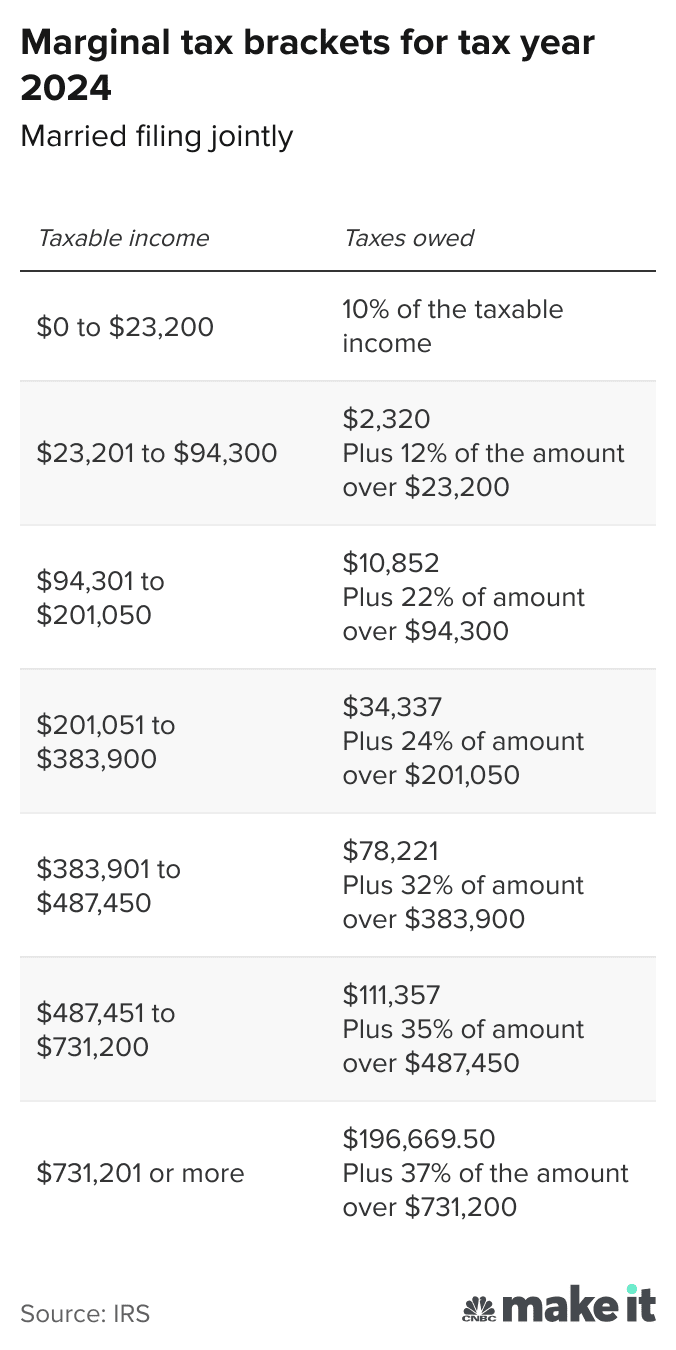HDMI vs Display Port: Which Is Better for TVs and PCs?
Hey there, Zac here, aficionado of all things computer and TV cables. Delving into the labyrinth of cable types is my jam, whether it’s pondering over the intricacies of lengthy Ethernet or HDMI cables of yesteryears, and debunking misconceptions surrounding their performance. Today, I’m diving into the realm of HDMI versus Display Port cables, two distinct yet similar visual output conduits with varying applications.
what sets HDMI and Display Port apart?
In broad strokes, HDMI is predominantly utilized for TVs, whereas Display Port finds its niche in computer monitors. However, there are instances where computer monitors operate via HDMI or through a USB-C-to-HDMI or Display Port connection, blurring the lines between the two.
But the plot thickens. Historically, the segregation between monitor and TV usage stemmed from the nature of data transmission through these cables.
Both HDMI and Display Port can handle video output, but HDMI has the added capability of transmitting audio alongside video. Conversely, Display Port boasts superior video output capabilities at higher refresh rates, translating to smoother visuals.
Traditionally, in professional setups demanding seamless display performance, Display Port was the go-to choice, with audio being routed through separate devices like speakers. On the flip side, HDMI was favored for external DVD players or gaming consoles connected to TVs. It also allows audio transmission to monitors, albeit with trade-offs like lower maximum refresh rates.
However, recent advancements have blurred these distinctions. Newer iterations of Display Port now support audio transmission, while HDMI versions offer higher refresh rates and resolutions (up to 60Hz at 8K or 120Hz at 4K).
Despite these advancements, HDMI remains ubiquitous in TVs, while Display Ports adorn the backs of graphics cards or motherboards in PCs.
HDMI superior to Display Port?
There’s no definitive answer since each cable serves different purposes. Display Port excels in achieving higher refresh rates, though these benefits may not be apparent in most scenarios—except perhaps in gaming setups with high-end rigs or for graphics designers requiring swift video response times. Moreover, both cables are priced similarly, eliminating cost as a differentiating factor.
However, it’s prudent to ascertain the primary display output requirement of your monitor. In my own experience, a previous monitor necessitated a Display Port connection as the primary monitor, while HDMI sufficed as the secondary (don’t ask, it was a quirky monitor).
Ultimately, for the average user, the advantages of higher refresh rates may not be discernible. Nonetheless, consulting your display’s manual to determine the suitable cable is advisable.




